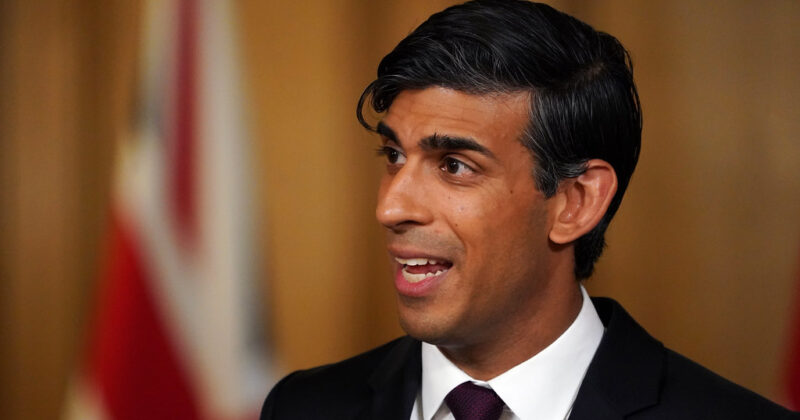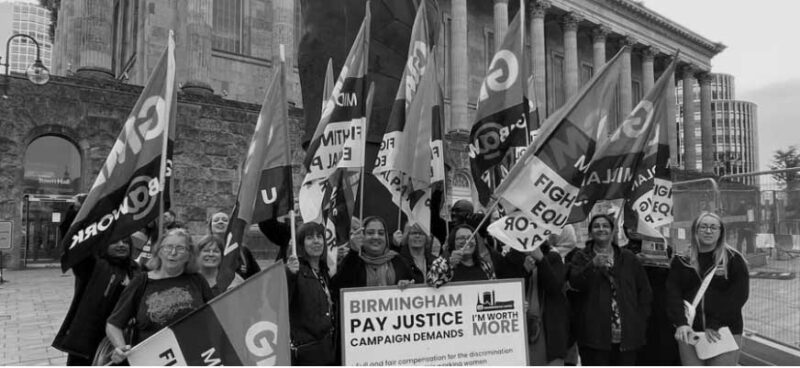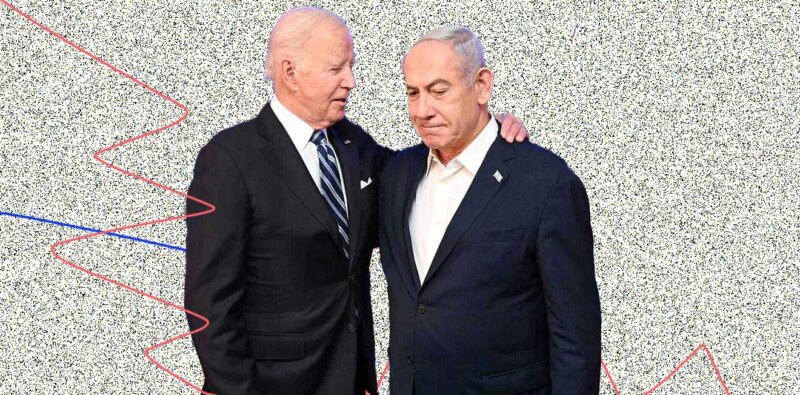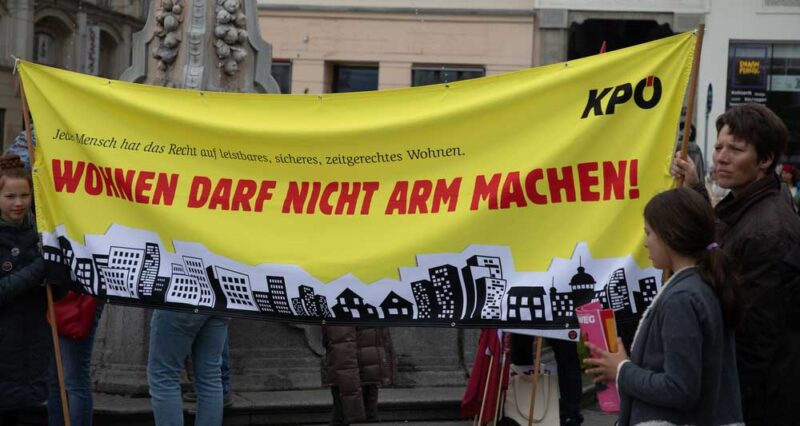Economic crisis – what’s next?
 The world economy has so far failed to emerge from the crisis with any degree of health, Richard Brenner looks at the problems at the heart of the global system
The world economy has so far failed to emerge from the crisis with any degree of health, Richard Brenner looks at the problems at the heart of the global system
THIS SUMMER saw trillions wiped off the values of companies and pension funds as stock markets once again plummeted all across the world.
More than four years after the credit crunch began modern capitalism is still mired in its biggest global crisis since the Second World War.
And it could get worse. Two major threats are looming; another dip into recession by the United States, dragging the world with it and a major European country defaulting on its debt, potentially breaking up the euro or even the European Union in its present form.
America back into recession?
Gloom gripped the US Federal Reserve’s end-of-summer meeting at Jackson Hole. IMF chief Christine Lagarde warned the audience of billionaires, bankers and politicians that “we are in a dangerous new phase” and that “we risk seeing the fragile recovery derailed”.
New figures at the end of August showed that America’s recovery is faltering. Growth for the second quarter of the year was revised down from 1.3 percent to just 1 percent – the lowest level since the global crunch three years ago. If that were the pattern for the whole year America would grow at just 0.4 percent.
Manufacturing activity dropped hard and fast in the mid-Atlantic region, to its lowest level since the trough of the post-crunch recession in March 2009, according to the Federal Reserve Bank of Philadelphia’s closely watched index.
Unemployment at 9.1 percent is still twice the level before the recession: 13.9 million people. Of them, 6.2 million have been jobless for more than six months.
Heidi Shierholz, an economist with the Washington-based Economic Policy Institute says the USA is now a staggering 11.1 million jobs below the level needed to get back to the pre-recession unemployment rate of 5 percent in December 2007.
In a sign of how long US policymakers think the downturn and stagnation will last, the Federal Reserve said in August it would hold interest rates near zero until mid-2013.
Obama’s original stimulus package has run out, and Fed chief Ben Bernanke announced at the end of August that he plans no new burst of printing dollars (‘quantitative easing’) to try to boost things.
And the recent deal between Obama and the right-wing Republicans to avoid the USA defaulting on its $14 trillion deficit means vast cuts are coming in benefits and health aid to the poor.
With house prices falling and far more people poorer, demand for goods and services will slump.
If America goes back into recession – and Jan Loeys, global head of market strategy at JPMorgan, says “stock markets appear to be pricing in a 60 per cent chance” of one – then this will affect the whole world, just as it did in late 2008 and early 2009. And even if it doesn’t, the world’s biggest economy still faces a long, slow-growth, low growth, ‘jobless recovery’ in short chronic stagnation. This means more attacks on workers in the US – and beyond.
European default – EU split?
As rich investors come back from holidays on their Caribbean islands or their super-yachts in the Adriatic, ‘the markets’ will begin again to take action against those European countries they say have too much debt and too high deficits.
The Big Greek Debt Deal in July was a last-ditch attempt to prevent Greece defaulting on its debt. The EU and the IMF lent Greece another €109 billion – and at the same time agreed that Greece would not have to pay back all the interest to the banks, pension funds and billionaires that lent it money in the first place. This was a debt default in all but name – it could be back on with a vengeance this autumn.
The ratings agencies – companies that assess and report on the credit-worthiness of countries – have also raised major worries over Italy, Spain, Portugal and Cyprus.
If these countries default it would have a domino effect. And Europe’s banks are so exposed to this debt that IMF boss Lagarde called for urgent cash injections into banks to stop them collapsing. “If it is not addressed, we could easily see the further spread of economic weakness to core countries, or even a debilitating liquidity crisis” she warned, in a clear reference to a repeat of the events that brought down Lehman Brothers in 2008.
Italy is the big one. The eurozone’s third biggest economy has a debt of 120 percent of its annual gross domestic product. In the second half of this year alone, it needs to borrow €237 billion, and €296 billion euros next year – a huge demand for cash that is pushing up the interest it has to pay and raising major doubts on whether it is good for the money.
And Italy can’t just be bailed out like Greece – it would cost too much. The Economist Information Unit insists that current European bailout fund plus IMF funding would “not be enough for Spain plus any other potentially vulnerable country…and certainly not Italy (€820 billion)”.
Unlike the USA and Britain, the weaker countries in the Eurozone cannot respond to the downturn by simply devaluing their currency to boost the attractiveness of their exports. So they can’t grow their way out of debt and deficit.
The dilemma facing the two great powers that lead the Eurozone – Germany and France – is whether to spend over a trillion euros trying again to rescue the southern European states…or whether to let them go their separate ways, outside the Euro, with all the chaos that would bring economically and politically.
Either way, more cuts and austerity will be piled onto the workers of Spain, Greece, Portugal and Italy. And with even the EU’s economic powerhouse Germany showing signs of growth receding to just 0.2 per cent, Europe’s crisis is set to continue.
That’s where Britain sells half its exports – so it means more job losses and pay restraint here too.
Bosses’ bankrupt theories
The capitalist economists can’t explain why the crisis happened. But they have their ‘solutions’.
Their two main schools of thinking are monetarism and Keynesianism. Both try to save the system – and both end up making the working class pay.
The monetarists push for austerity. They want to axe state spending and let uncompetitive or unprofitable businesses collapse. They hate the idea of public services – especially ones that a free at the point of use – and call for tax cuts for the rich.
Yet while they want the rich to have plenty of money ‘to encourage investment’, they say pay rises for workers should be held to down ‘to control inflation.’
In the immediate term the monetarists’ austerity measures – sharp cuts – make the recession even deeper. Fewer people have money to spend which drives even more companies out of business and dampens demand.
Ultimately they try to restore profits by destroying unprofitable (‘inefficient’) businesses and services and driving down workers’ living standards.
The Keynesians on the other hand want to stimulate the economy through public spending and by driving down interest rates. They believe recessions are caused by investment drying up because people and companies save too much.
They are willing to print money to offset the recession and encourage governments to borrow and spend to create jobs and keep people spending.
But ultimately this adds to inflation as the value of money falls and the bondowners – who lend money to states – start to demand cuts in the national debt, causing political instability within the ruling class.
Marxists will of course often find themselves fighting alongside reformist workers who back Keynesian solutions – after all, we also want state spending on jobs not vicious cuts in health, education, pensions and pay.
But we don’t want inflation which means we end up paying but in a different way.
The Russian revolutionary Trotsky famously described monetarism and Keynesianism as meaning “unemployment or inflation, the knife or poison”.
Monetarism and Keynesianism are at root superficial explanations of crisis which cannot solve the problems of the system.
Instead the Marxists demand not just state spending on jobs for all, but that the banks be nationalised without compensation, under the control of the working class, and used to direct investment where it is needed, not for profit but according to a plan directed to meet the needs of the people. We would renounce the national debt to the billionaire bondholders, tax the rich, and peg workers’ pay and benefits to inflation.
The confiscation of the property and profits of the rich and the creation of a planned economy could organise production in a way that avoided unemployment and inflation, poverty and inequality. This is because it would uproot the underlying cause of economic crisis– production in the market for profit rather than planned production for need.
Rising inflation
The USA’s policy of low interest rates has seen the dollar plummet in value. This makes American exports more attractive – and exports the downturn to other countries around the world.
But another key effect of this policy is inflation. The scale of the recession in 2008-09 stopped the huge bailouts and stimulus packages from causing hyperinflation like in the 1920s, but the falling value of money has still meant that basics like food and fuel have gone up in price very sharply around the world.
Fast growth in China and India has also pushed up prices for raw materials, as has falling productivity in agriculture because of the unplanned and unsustainable way capitalism develops the land.
In the UK food prices rose 6.4 per cent in May compared with a year before, way above the annual rate of 4.7 per cent witnessed during April. Tesco raised the price of a half-loaf of sliced white bread overnight from 60p to 93p.
In poor countries the food inflation is far worse of course: 17.5 percent in Pakistan in July.









